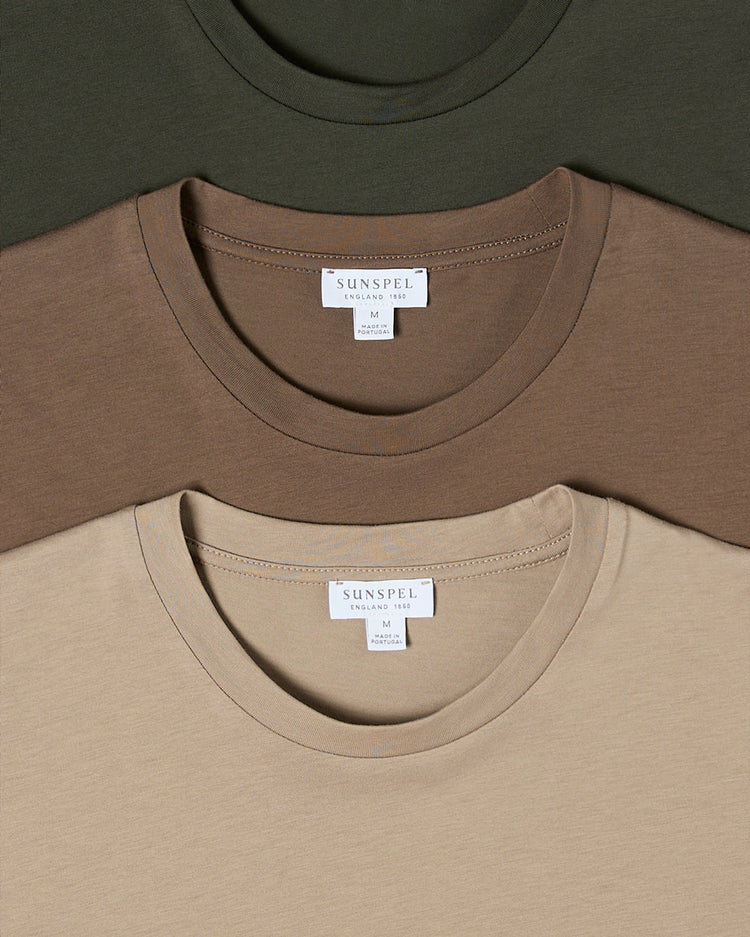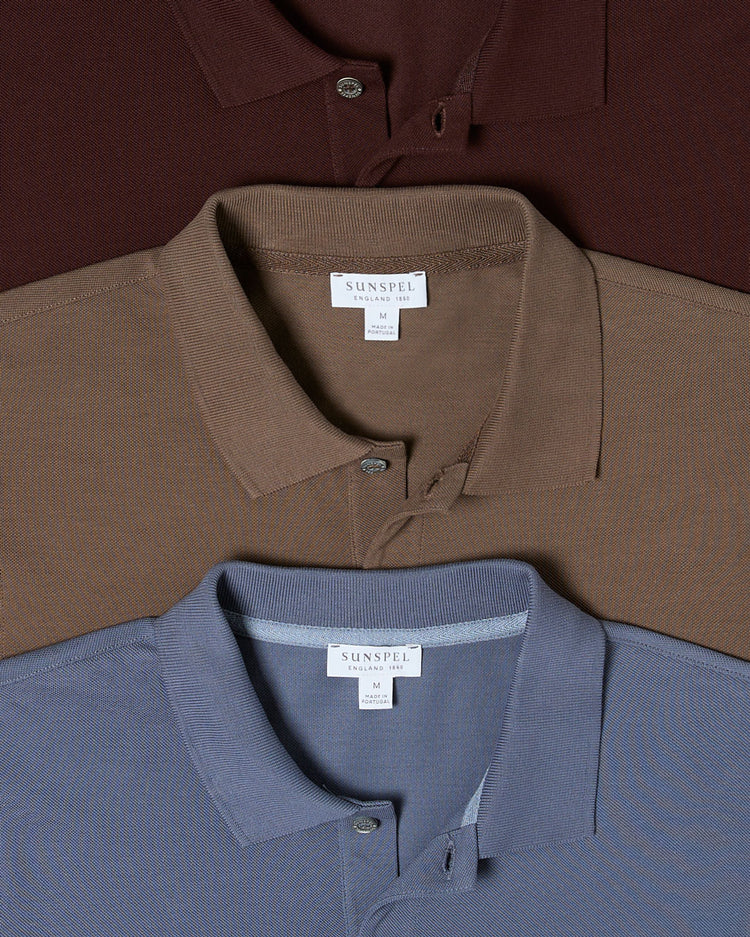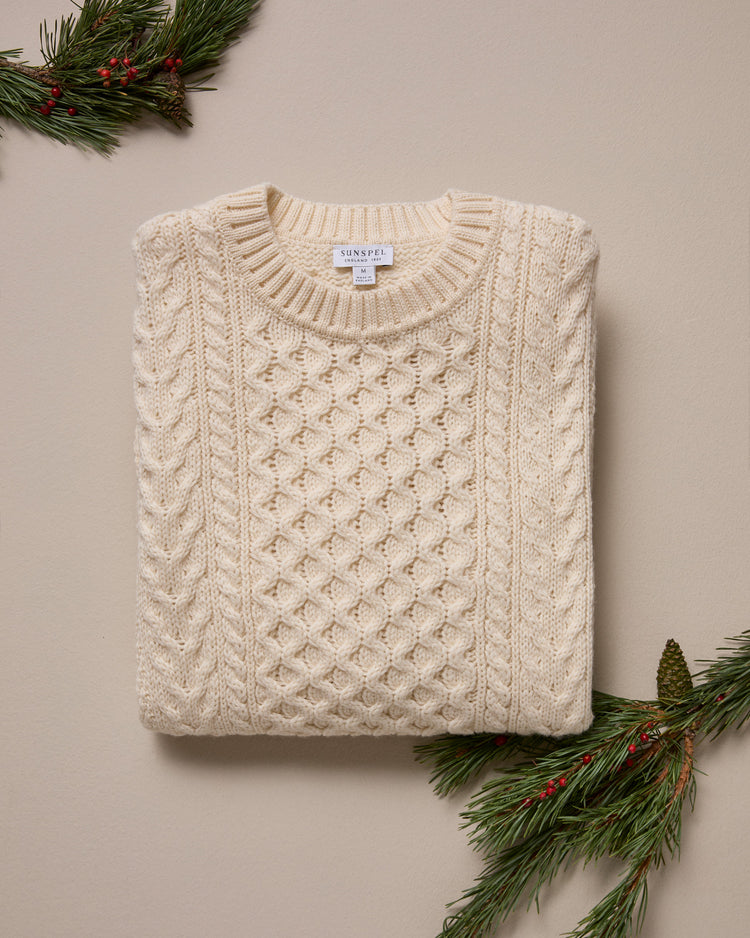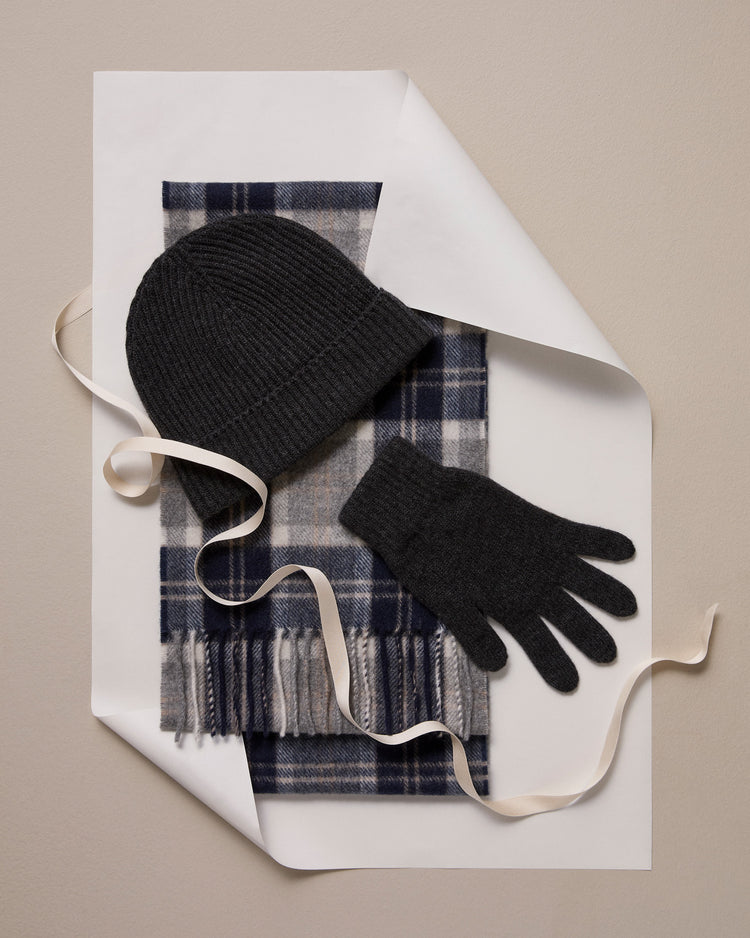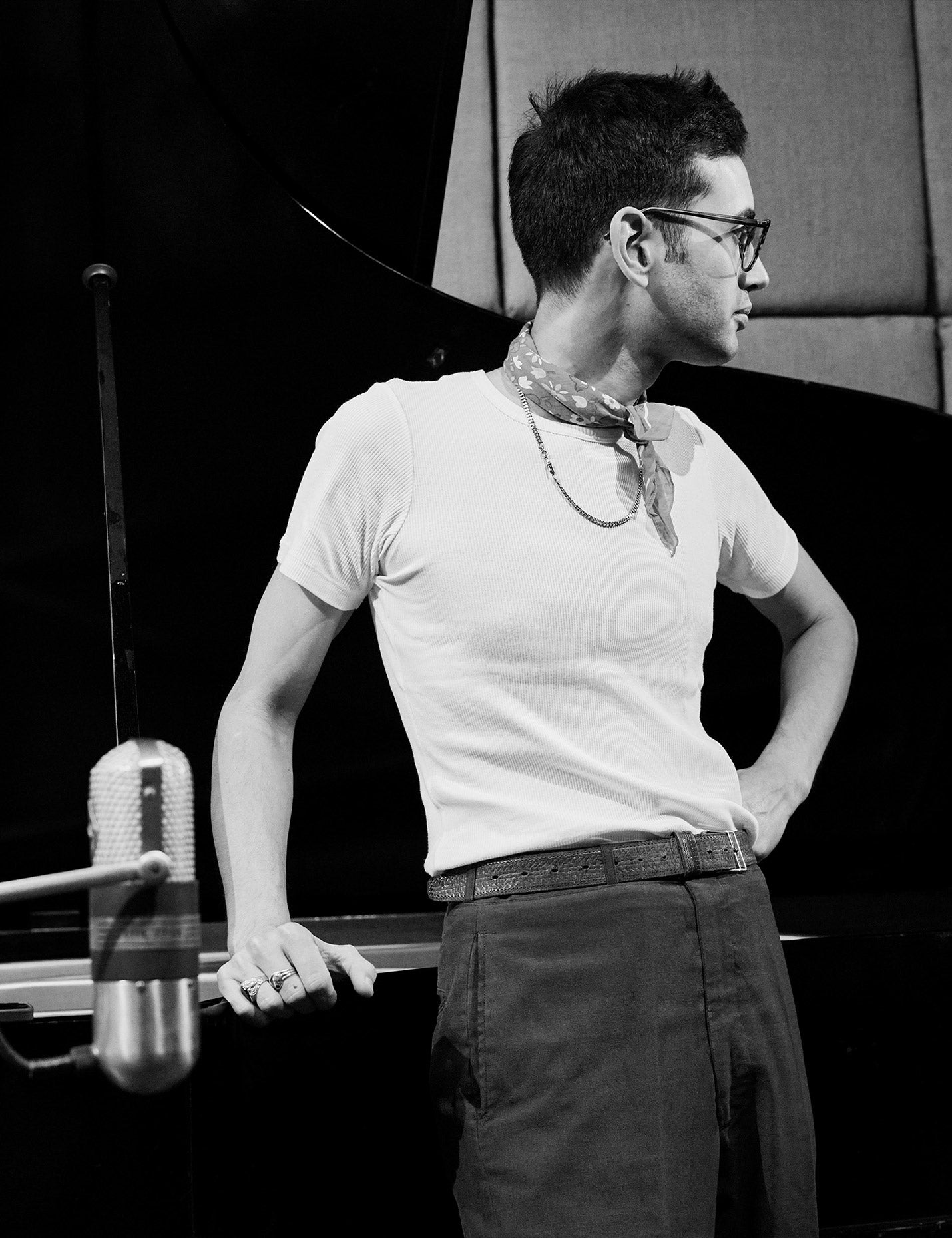Jazz and the Spirit of the White T-shirt
This year, the British jazz band Ezra Collective won the Mercury Prize. We reflect on the role of the white T-shirt in the great genre’s history.
 |
Last month, a jazz band won the Mercury Prize. It was a big deal in the world of jazz. The most prestigious British prize, running since the 90s, has been won by all kinds of genres from rock to rap, but jazz has never had the pleasure. In truth, the genre is rarely in the mainstream these days. Nevertheless, fans claim it’s the highest form of music and the Ezra Collective’s victory was a moment of vindication, suggesting that, for this year at least, others agreed.
The white T-shirt shone on the chests of several of the Collective as they claimed the award on stage. Each one was a clean sheet on which they wrote the notes of their outfit, a ragtag uniform of beige jackets, Harringtons and dungarees, splashed with camo-inspired licks of paint. Perhaps it’s unsurprising that the T-shirt played such a prominent role in their ensemble. Since the 50s, when the style made the upward leap from underwear to subversive outerwear, it has been a staple of most musicians’ wardrobes. Jazz is no different, but the genre has a special relationship with the white T and it’s thanks to one man: Chet Baker.
Chet Baker was the James Dean of jazz. Called the Prince of Cool, he was effortlessly handsome, a renegade and a rebel, perpetually tortured and immaculately dressed. But it was his skills with the trumpet that earned him his place in the music hall of fame. Like Miles Davis before him, Baker understood that a few impeccable notes could convey far more than a hundred. Unlike Davis before him, who was renowned for his elegant ivy style, jackets and wide-collared shirts, Baker’s refined simplicity translated to his sense of style.
 |
Until the 1950s, T-shirts were undergarments, worn but barely seen. Like James Dean and Marlon Brando in Hollywood, Baker broke the mould and wore them on their own. It takes a quiet confidence to wear the white T-shirt like he did, with no flamboyant lapels to hide behind, no patterned jackets to distract. Its simplicity let him bare his inner soul and show the world his true self. And the world loved it. People have been doing it ever since.
Sunspel, like Baker, played an important role in the T-shirt’s history. In 1908 the brand used the world’s finest Sea Island cotton to make the first luxury T-shirt. They’ve been perfecting it ever since and to this day, every Sunspel Classic T-shirt is handmade in their factory in Long Eaton, England. It’s little wonder that many, like the Telegraph and Vogue, have described it as the ‘perfect white T-shirt’.
Sunspel has its own connection to jazz too. Last year they worked with Dean Chalkley, a photographer famed for his portraits of iconic musicians, and a group of jazz musicians to create their own record. They were given 48 hours to create the track. Having never played together before, the single they made, So Pure, echoed the days when the likes of Miles Davis would gather groups of unacquainted players to spark new flames of creativity. Chalkley photographed it and the timeless Sunspel outfits worn captured the spirit of the event and the spirit of jazz itself.
Jazz’s moment in the mainstream may turn out to be fleeting, but Ezra Collective’s success proves that the genre will endure and thrive even when the spotlight shines elsewhere. It also proves that thanks to icons like Chet, the white T-shirt will endure and thrive alongside it.







